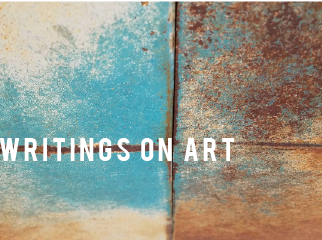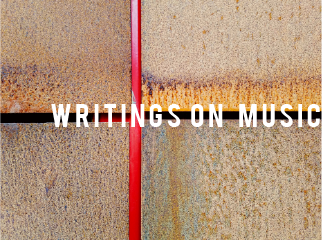Speak for the Trees
“Hear At Last: Artists come together to speak for the trees”
By Katy Dang
IAQ | December 9, 2009
https://www.boiseweekly.com/boise/hear-at-last/Content?oid=1349692

“With Shadow and Ash, the ash is from burnt paper, so it came from a tree that was turned into paper into ash. The ribbon has a temporal quality; there is a sense of uniqueness; knowing that it is only temporary. Once people notice that the ash will blow away, they pause. It slow us down and reminds us.”
Inspiration can come at any time and be traced to the most seemingly ordinary things. It can strike anywhere.
For Andria Friesen, it was at a stoplight in downtown Ketchum. The source was a black and white bumper sticker on the truck in front of her.
“Before the light turned green, I saw the end result,” says Friesen. “I could visualize the entire book: the way it would open, what the layout would look like. There would be the image, the writing and the favorite quote.”
The project that Friesen envisioned has come into existence because of that moment. It takes its title from the bumper sticker that she saw before her: “Speak for the Trees.”
Those four words have inspired an undertaking of grand proportions, the result of which is a 200-page book featuring 76 internationally recognized contemporary artists. Each artist was invited to participate because they have worked with tree imagery. They were asked to contribute one of their own images of trees, their own writing on trees and their favorite quote about trees. Participants range from David Hockney, Christo and Jeanne-Claude, April Gornik, Yoko Ono and Lawrence Fodor. Authors include Williams Blake and Shakespeare, Buddha, Sappho and Willa Cather. A limited edition run of 3,000 books is being published by Marquand Books and will be available in early December.
“I put an ad in our local paper asking about the bumper sticker,” says Friesen. “The paper came out on Wednesday, and by 10:30 a.m., we had found the truck, the driver and the source of the bumper sticker.”
“Apparently, I am the only person in the world who didn’t know the Lorax,” says Friesen, referring to the Dr. Seuss character created in 1971, whose stated purpose has become the rallying cry for her book: “I speak for the trees, for the trees have no tongues.”
“I didn’t see any of this coming,” says Friesen. “It was absolutely an epiphany. I might not ever have had one before, but that is absolutely what it was.”
The beginnings of the path that led her to this point began when she met Michael Murphy, one of the founders of the Esalen Institute. An alternative educational center on the coast of Big Sur, Calif., Esalen is dedicated to exploring unrealized human capacities. Shortly after meeting Murphy, Friesen found herself sharing a meal with Dorothy Maclean, a founder of Findhorn Garden, the legendary spiritual community in the Scottish Highlands, made famous 40 years ago for their ability to bring forth enormous crops from formerly barren soil. Both places, located half a world away, were founded in 1962 and have called out to generations, now, of seekers.
At the end of their time together, Friesen thanked Maclean for all of her efforts. She was stunned by Maclean’s response. “She looked at me and said, ‘You don’t understand. It is I who thank you,'” says Friesen. “I could not fathom what she could possibly be referring to.” Friesen left the encounter perplexed by the wise woman’s words, and vaguely disappointed that she did not understand her meaning.
Fast forward to the day at the stoplight, with the wisdom of Dr. Seuss’s simple language opening the floodgates of her inspiration. This is what Maclean had been referencing. “It is very important to understand that this book has come through me, not to me or from me,” says Friesen. “I’m the vehicle to bring it into existence, and I get that,” she says. “It is an honor for me.”
The functional aspects of creating a book were an entirely new experience for Friesen. She began by making a “wish list” of artists that she would like to include. As the owner of two contemporary fine art galleries herself—Friesen Gallery in Sun Valley and Seattle—she was mindful that the artists and the galleries that represent them had to understand that this work was not a function of her galleries. To make her point, Friesen determined that 100 percent of the proceeds from the book, after the printing costs are recovered, would be split evenly between the foundations of Esalen and Findhorn.
She began to contact artists and was heartened by the answers that she received. “It wasn’t just that they said ‘yes’ to the project,” says Friesen. “It was the depth of emotion in their response.
“It made me realize just how big this project is,” she says. “It’s some the most important artists working today.” Word began to spread; artists suggested other artists that they knew, and people began contacting Friesen. Her “wish list” soon became reality. “Out of all of the artists that I contacted to be involved, not a single one of them said no,” she reports.
The enthusiastic participation shows that there is significant response to the one word in “The Lorax” that can save the trees: Unless.
It is the word that the Lorax leaves in his wake as a warning. It is the seed of hope that is a call to action. The artists who offered their work and their words to this book responded wholeheartedly to the call. In their contributions, they are giving voice to the language of nature. Each has a strong identification with trees in their work; taken together, the book serves as a series of translations of the meaning of a very real symbol that harkens back to the most elemental of experiences.

“I build a matrix from the architecture of the natural world. For Trailheads, I incorporated the heads and shoulders of three figures over 35 feet tall. Each head is actually woven around the crown of the trees. Those were cherry trees that served as the spinal columns and heads. The idea there was that the trees themselves exerted a face: You could look through the trees and see something looking back at you.”
For contributing sculptor Patrick Dougherty, trees are not only the subject of much of his work but also the material that he uses. His on-site sculptures use tree saplings and branches to weave together structures. “It’s all tied into the Green Man concept; the vegetative deities,” says Dougherty, a North Carolina native who is currently working on a piece in New Mexico. “There are ancient mythologies that claim we come from the trees, and we are really such a tree-based species. It shows our dependence on the natural world. The woods are our source,” he says. Dougherty’s work demonstrates the idea of the personification of the natural world as spirits made in the human form, looking back at themselves from the woods; the idea that the Green Man reflects a human image. This conscription of nature and of trees, specifically, shows Dougherty the basis of the human understanding of the world.
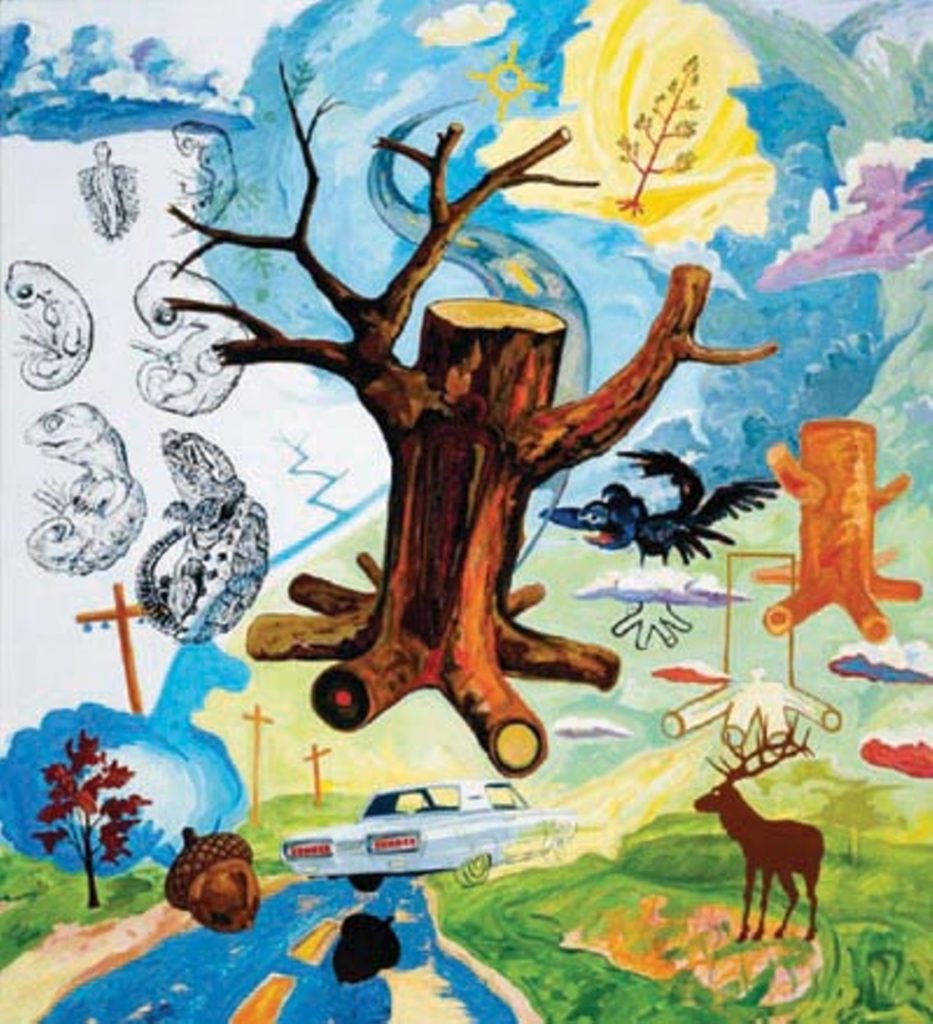
Painter Norman Akers sees trees not only as a symbol of connectivity with the past, but also as an icon that can describe the disconnectedness of the modern world. A member of the Osage tribe who now teaches at the University of Kansas, Akers senses the duality that representations of trees can project. “The tree form has multiple meanings,” he says. “It looks like a human trunk; it’s situated between the earth and sky, caught between places. That conveys one aspect of Native American life: You’re raised at home, and you want to stay at home, but you can’t stay there. It’s like a tree trunk: connected to a place but sitting in between places. Being connected and disconnected: The tree is a great metaphor for that.”
Akers was a graduate student seeking to redefine his painting when he came across the work of Francis La Flesche, whose writings he selected as his contribution to the “written” branch of his page. La Flesche was an anthropologist at the turn of the 20th century who spoke the Osage language. He collected the stories of the people, stories that reflected the complexity of the culture and the religion. “When I found his writing, I saw how those narratives link to life,” says Akers. “He was not only recording a history of belief, but how stories connect us to a place in a way that can rationalize the world to us. The stories were full of images; they were narratives, and there is a symbology, but symbols are left up to interpretation.” The tale that is recounted by La Flesche is familiar and can be found, in various forms, in many cultures: It is the tree form addressing the stages of existence, from the little ones clinging for support to its roughened bark, which shows them the signs of old age as they travel through life. As with many entries in this book, it is universal yet specific.
From her home in Southern California, Suvan Geer’s installations attempt to incorporate senses other than sight into the overall experience. The trees of her work have motion and a sensorial implication. “Materials are something that we feel through our skin,” says Geer. “I try to present materials in a way that calls for the body to remember what the material is.” She has used the charcoal from burned trees, even going so far as to recreate a forest by transferring rubbings of the surface of burned trees on linen, then re-assembling the pieces into the configuration of the woods.
“I love the title of the book,” she says. “I thought, ‘What a great idea; how nice that someone is going to let us speak for the trees.’ There is something about nature itself that is silent, but only because we are not listening. There is a capacity to hear; to pay attention to the sounds. We are very visual in this society. We have to learn to listen. The thought of this book is that hopefully we will learn to listen.”

It is a point not lost on Friesen. “It makes such a difference that the title asks us to speak FOR the trees: not ‘of’ the trees or ‘about’ the trees,” she says. It is a subtle but significant distinction that allows the contributors a measure of freedom in their interpretations.
The art in the book is abstractly organized the way a tree grows: from the roots, trunk, branches, leaves and blossoms. These segments provide a flow to the images and become a tool for allowing the art, the artists and the authors to construe the language of nature.
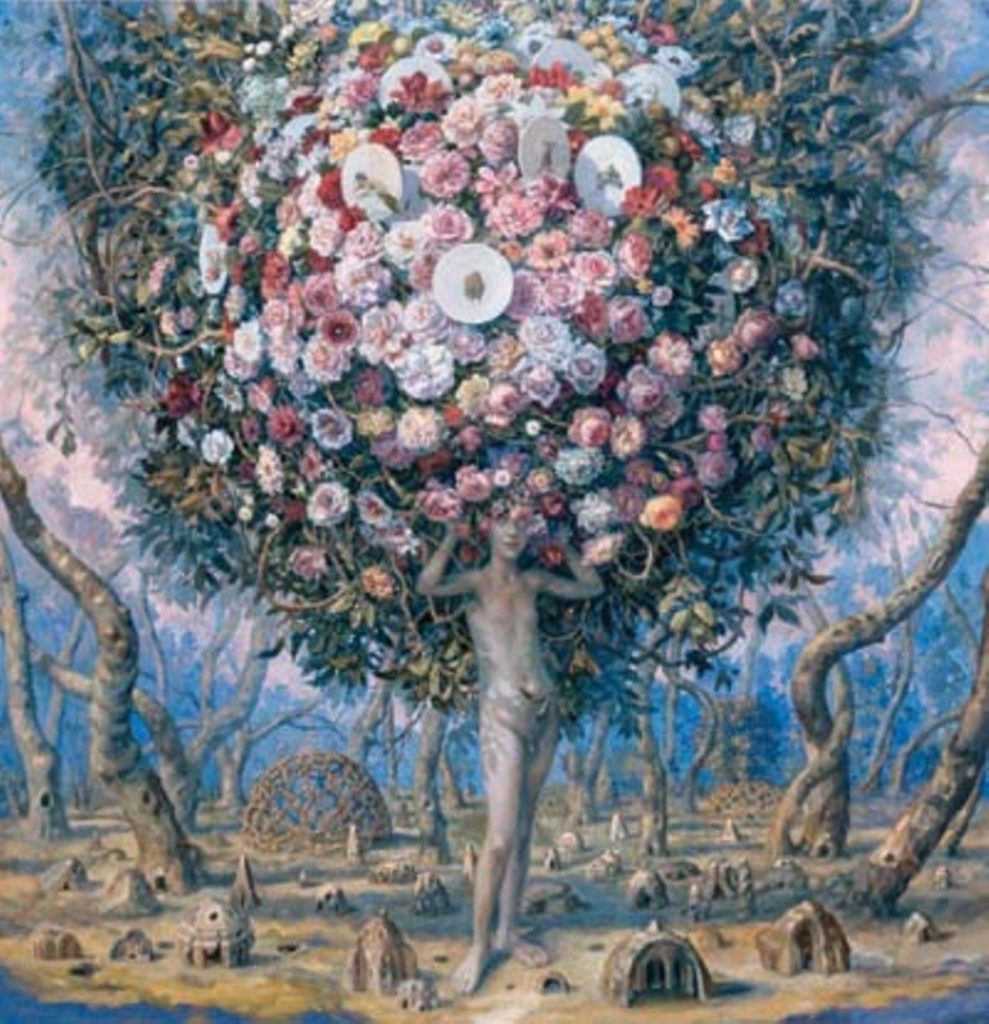
For New York-based painter Julie Heffernan, the tree becomes the supporting structure on which ideas can flourish. “In my piece, the tree is functioning as a metaphor of the mind rather than as a tree,” she says. “When I paint, I start with the understructure: The under layer functions to embody the physical manifestation.” She uses the tree as a form onto which her imagery is given the space to blossom. “It creates fertile ground for flexible thinking,” she says.
Kim Keever is able to emulate the grandest of scenes on the smallest of scales. Working in a water-filled aquarium, Keever creates model trees in a realistic setting. When he photographs them, there is nothing in the end result that indicates the miniature sources of the landscape: The trees fill the senses and create the setting of our imaginings. “While driving around the countryside, I miss what I never had,” says Keever. “That is to say, I miss the great virgin forests that spread out across this country in centuries past.
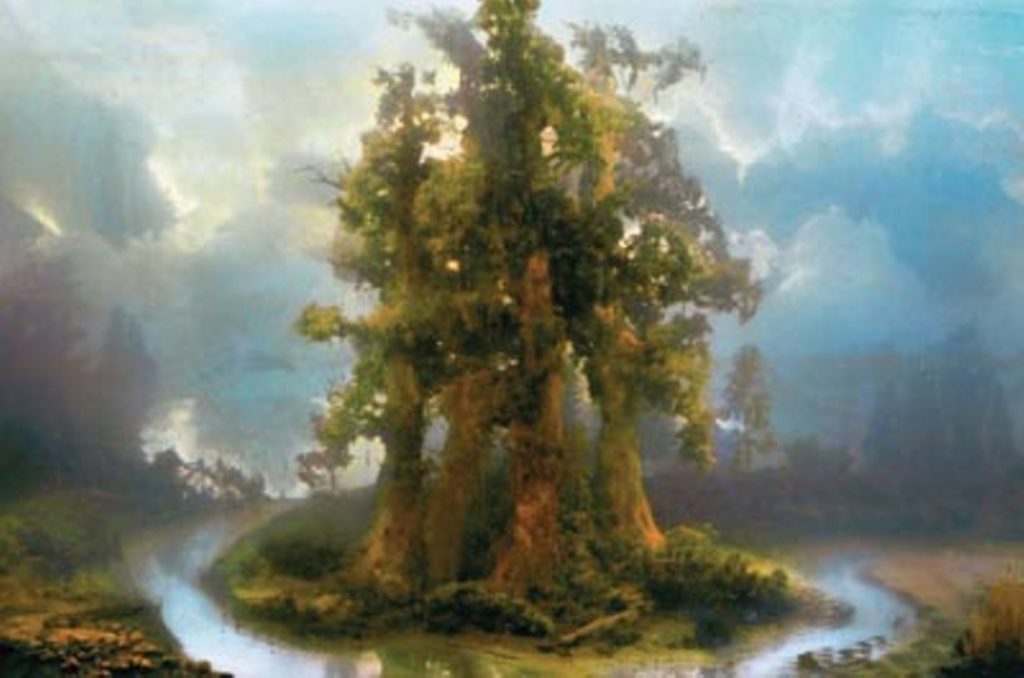
“It’s a temporary landscape, a passing landscape which I imagine to be lost even in the best of epochs,”he says. “I like to think the great trees in this photo are out there somewhere today or perhaps they stood 1 million years ago or will stand 1 million years from now. This image represents these ideas that are important to me.”
So the tree exists, for each of these artists, in a range of diverse states of symbolism and interaction with their personal mode of expression. They become many things to many people, from the archetypal symbol of life and rebirth to the platform on which to mount a presentation of imagery. The variance in the expression goes to show the variety of ways that trees interact with the human psyche.
The spirit of collaboration and thoughtfulness that has surrounded the composition of this book is a testament to the importance of trees in the human experience. To be reminded to listen is a significant privilege. To speak for the trees is an undertaking of vast magnitude. We would not have the opportunity to hear, unless someone cared a great deal.
As it turns out, many do, and Andria Friesen has brought them together, giving us access to a myriad of voices. Taken together, the chorus is resounding.

